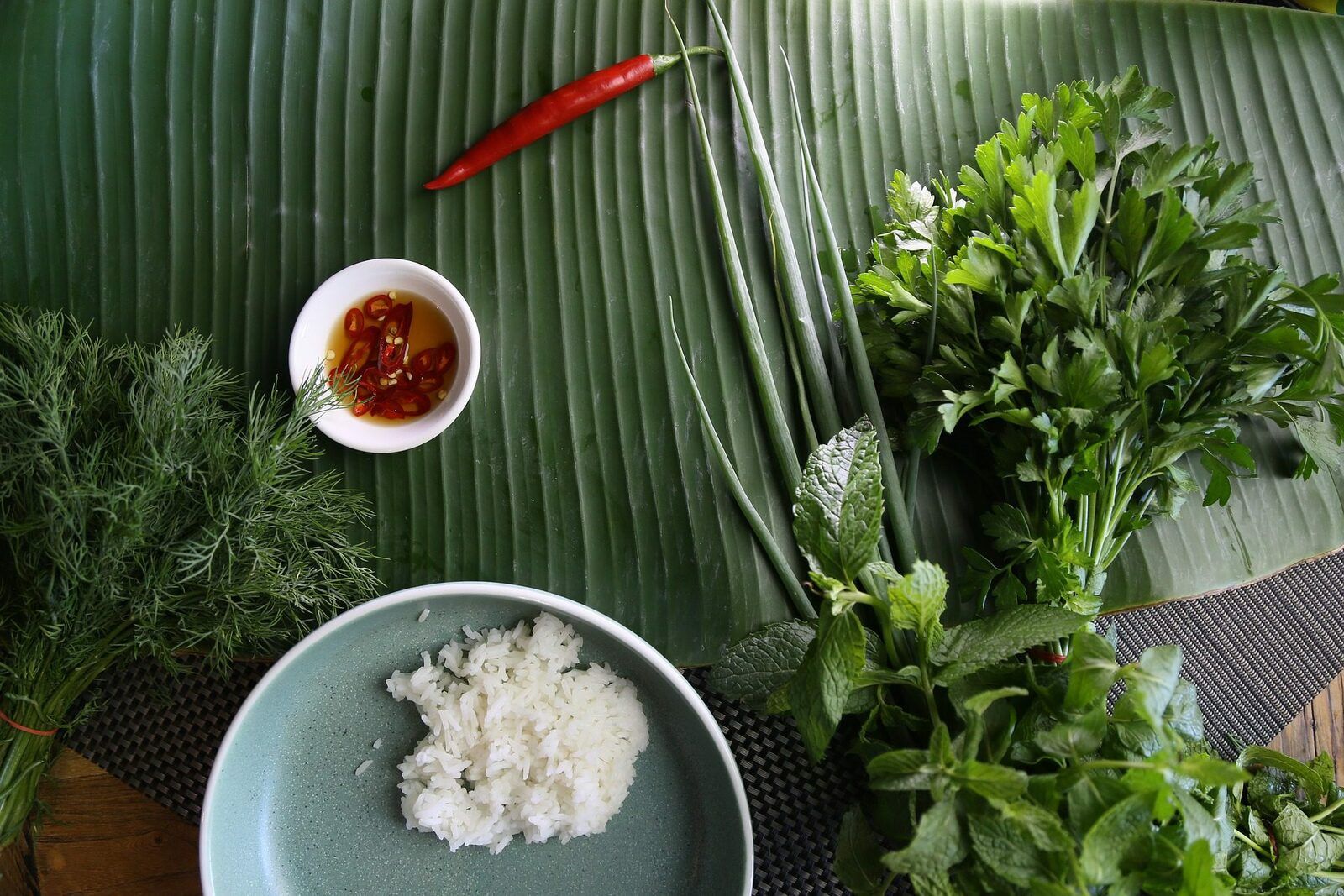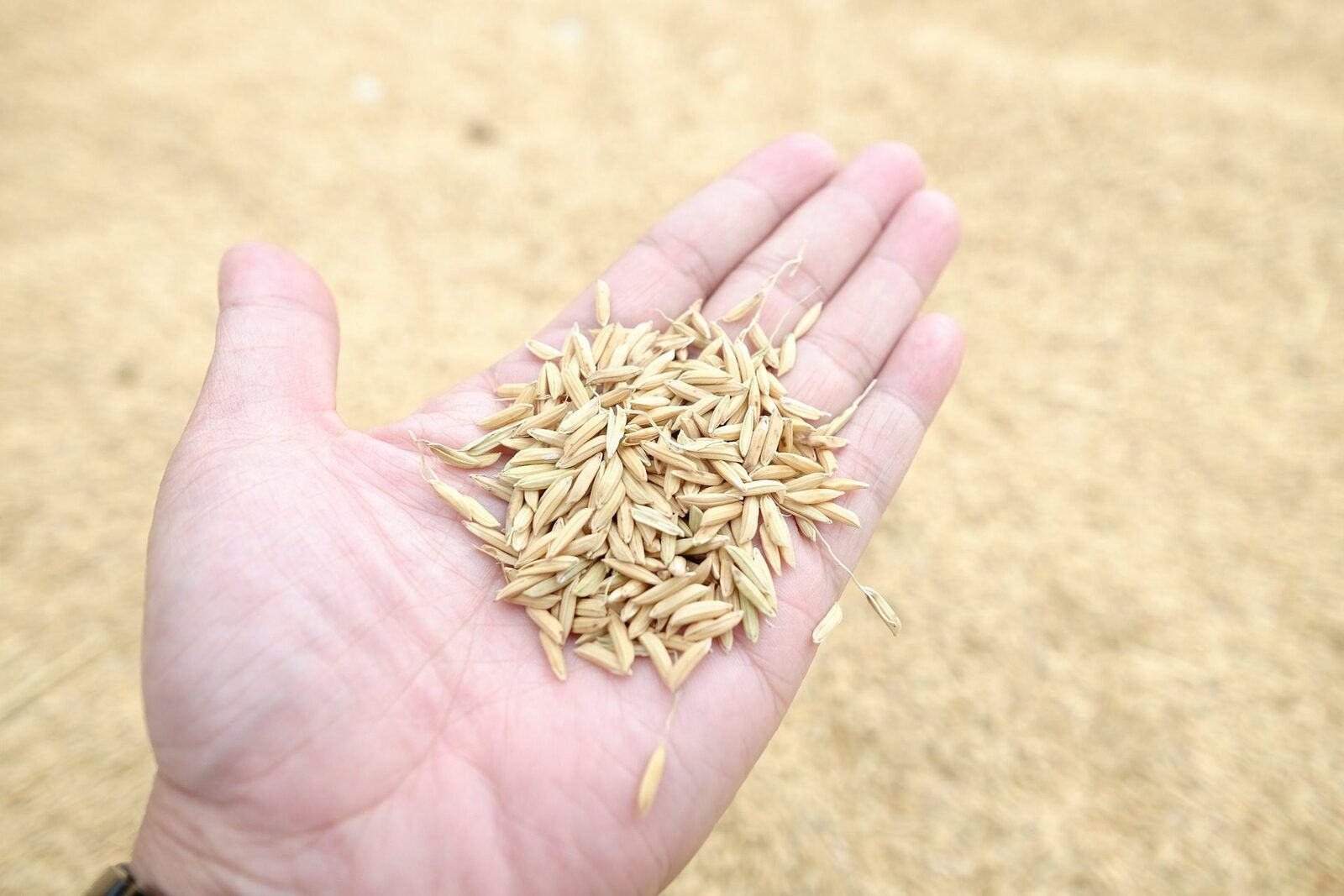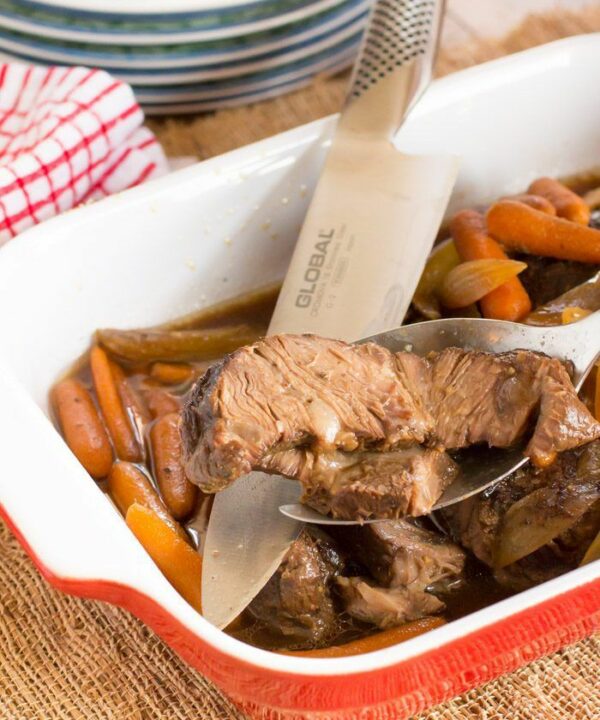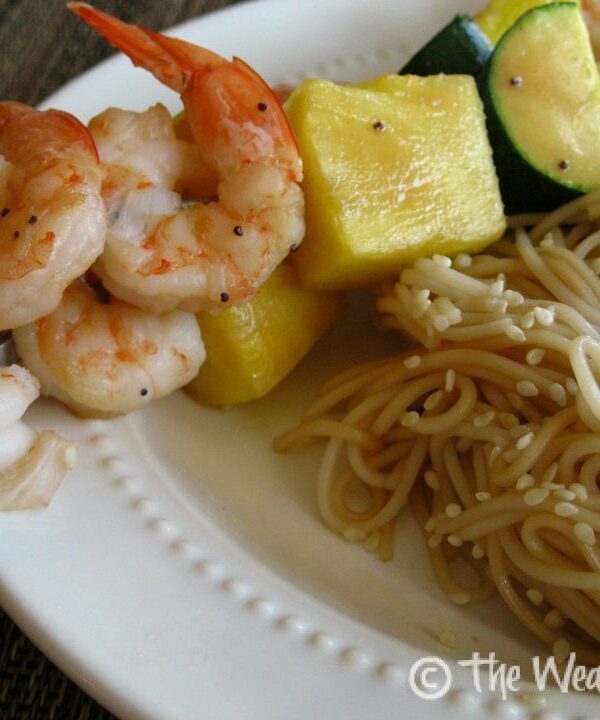Preparing jasmine rice in an instant pot will change the way you think about rice! There are several varieties out there to please your palate. Jasmine rice is one of these.

What’s even better is that you can make the rice in an instant pot or slow cooker. Jasmine rice is long-grained, with a somewhat different flavor, texture, and aroma than your usual kind. The aroma is a mix between butter popcorn and floral while the texture is sticky and soft when cooked.
Its flavor is nutty and sweet but the nutritional profile makes this rice an even better choice. Depending on whether you choose brown, white, or black (very rare) jasmine rice, you get a certain amount of fiber, antioxidants, and vitamins from the grains.
[amazon box=”B00NAICQ56, B000WLXMB6, B086H2C934, “]
Difference Between Jasmine Rice and White Rice

White rice and jasmine rice might be diet staples for many folks. You might have gotten used to one kind while preparing soups or other dishes.
Related Read: 20 Vegan Soup Recipes You Have to Add to Your Meal Plan
Some people might not even be aware that jasmine rice and white rice are different kinds. Let’s check out their differences and similarities.
White jasmine rice is indeed a kind of white rice. Plus, they both have similar nutritional benefits as the husk and germ (outer and inner part of the grain) are removed through processing. It means that many of their nutrients and fiber are lost.
[amazon fields=”B07L9HN325″ value=”thumb” image_size=”large”]
Kinds of White Rice
White rice is a large, general category. It includes arborio, originario, and basmati rice as well as regular jasmine rice.
When compared to long-grain white rice, though, jasmine rice has slightly more calories, a little bit of fat, iron, and a few more carbs as well. It also differs from brown rice.
Varieties of Jasmine Rice
We can also get jasmine rice in brown and black varieties. Granted, the black one would be quite expensive and difficult to find.
That’s why it was called “forbidden rice” at some point and was reserved for just the nobility and higher classes. This point, along with the nutritional profile, has us drooling to try black jasmine rice at least once!
Brown jasmine rice lies somewhere in between the white and black varieties. It’s healthier than the regular white options, containing more protein and fat along with vitamins B1 and B3.
What’s exciting is that whole-grain jasmine rice is also available in red and purple!
If you can get your hands on these, they have a lot of the phytonutrients that black jasmine rice also possesses. Its plant compounds contain antioxidants that can protect our bodies from cell damage.
The Appearance
The look of white rice may also differ from jasmine rice, especially when the two kinds are cooked. White rice can be long, short, or medium-grained while jasmine rice is usually long-grained.
Jasmine rice also mostly grows in the region of Southeast Asia, especially Thailand.
Jasmine rice is fluffy and a bit sticky when cooked but not as much as glutinous rice. White rice, on the other hand, can be different when cooked according to the kind you use.
How to Prepare the Perfect Jasmine Rice in an Instant Pot?
If you’ve never cooked jasmine rice before, the thought might be a bit overwhelming. Fortunately, instant pot jasmine rice is fairly easy to make. You can even try a unique recipe while cooking jasmine rice.

Related Read: Avocado Rice with Lime
Of course, a bit of preparation makes everything easier, quicker, and yields better results. So without further ado, let’s see how you can start cooking the perfect jasmine rice.
[amazon box=”B07Q5BZFLB” template= “horizontal”]
Step 1: Buy the Right Rice
The first step is to buy the right kind of jasmine rice. As with all other rice varieties, jasmine rice is available in several kinds and qualities. You should be able to find jasmine rice in any well-stocked supermarket, with Asian or Middle Eastern grocers, or with online vendors.
Black and brown jasmine rice is a bit more difficult to find. So, you’ll need to check out some specialty shops or online platforms for those. Be prepared to pay up as well!
White jasmine rice, on the other hand, is usually available in large bags. You might even be able to get it in bulk, which would mean a lower cost.
If you’re looking to cook jasmine rice in an instant pot, try asking about the best brand for this purpose. If you’re in any cooking groups on your social media platforms or have a group of friends who like to cook, ask them what the best choice could be.
Step 2: Prepare Jasmine Rice Like a Pro
[amazon fields=”B086H2C934″ value=”thumb” image=”6″ image_size=”large”]
If you’re ready to try making jasmine rice in an instant pot, here are some tips on how to have a perfect result each time.
- While it’s possible to boil jasmine rice, it’s recommended that you steam it
- If you do boil the jasmine rice, use a 1.5: 1 ratio for water and rice respectively.
- Bring the water and rice to a boil, and then, lower the heat. Once done, you should cover it and simmer until the water gets absorbed into the rice.
- Before cooking jasmine rice in an instant pot or with any other method, rinse it well.
- Presoaking will decrease the cooking time. If you’re cooking jasmine rice in an instant pot, make sure to adjust the timer accordingly.
- When cooking jasmine rice in an instant pot to make fried rice, the consistency might be a bit too soggy. In this case, make the rice a day before and put it in the fridge until you start cooking
- If you’re making jasmine rice in an instant pot for use in soups, make it a little dryer than usual. Put in a little less water while cooking
- Use room temperature or cold water, not warm or hot
- Rinse the rice under a running tap until the water runs clear; this will prevent the rice from sticking to the pot and possibly burning
- You should also rub the grains gently with your fingers when rinsing. This is important for washing out the starch
- For every unrinsed cup of jasmine white rice, add one cup of water when cooking jasmine rice in an instant pot
- Draining the rice after rinsing will prevent a mushy result. Use a metal colander for the best experience
- Make sure to use the steel insert for the instant pot, not a nonstick one
Step 3: Follow the Right Recipe
[amazon fields=”B07BFLD5R6″ value=”thumb” image=”7″ image_size=”large”]
There are several recipes out there for cooking jasmine rice in an instant pot. However, cooking it this way might lead to several issues if you’re not careful.
The rice could turn out too mushy, there might be some burning, or you might just end up dirtying a lot of pots. When you follow the right recipe, however, the risk of problems goes down.
If you’re making al dente jasmine rice, which has a firm bite, start by rinsing and draining the rice. Cook it on high pressure for three minutes, and then, use the natural pressure release for 10 minutes.
For a softer consistency of jasmine rice, you should cook it for five minutes using high pressure after rinsing and draining. Then, use the natural pressure release for 10 minutes.
Here’s a step-by-step recipe for making jasmine rice using an instant pot:
- Pour the drained rice and water in the pot. The grains should be submerged in the water
- Secure the instant pot’s lid and start the pressure cooking according to the result you want
- When the timer dings, open the pot and use a fork to fluff up the rice
You can also prevent too many pots from getting dirty by first fluffing the rice inside the instant pot as soon as it’s cooked. After this, take out the steel inset and put it on the kitchen counter. This step will prevent the bottom grains from sticking to the pot.
Step 4: Preserve it Right and Enjoy the Same Flavor
[amazon fields=”B003SD6DJS” value=”thumb” image=”3″ image_size=”large”]
Theoretically, it’s possible to store rice for the long run. That’s why buying in bulk will be a nice investment. With jasmine rice, however, there’s the unique feature of its aroma to consider.
We can preserve the fragrance of jasmine rice by not opening the container too often. The more this rice is exposed to air, the more quickly it will lose its aroma.
We want to get fresh jasmine rice whenever possible. Some aroma enthusiasts might even search for vintage jasmine rice, i.e. the kind that’s as freshly harvested as possible.
If you do want to get a bulk quantity of jasmine rice and save money, it’s best to store it in small containers. Quart-sized jars are a good option. Plus, you should keep them tightly closed until it’s time to start cooking.
To make stored jasmine rice last even longer, place it in a plastic bag. Seal the bag and put that in an airtight jar or box. Keep this container in a dry, cool place.
With this kind of storage, your jasmine rice will last almost indefinitely. Again, though, it’s always more aromatic if you use it sooner rather than later.
When cooking jasmine rice in an instant pot, many folks go for a larger quantity than they need. If you’re one of those and want to store the cooked grains for later consumption, they can last for around four days when refrigerated.
However, make sure to store them in an airtight container and reheat them properly.
You can even freeze portion sizes of your cooked jasmine rice. Use individual containers that are freezer-safe. You can also use freezer-safe bags but make sure that they are high quality. You can freeze the rice this way for up to two months.
Jasmine Rice FAQs
Cooking the perfect jasmine rice means not to ignoring any single tip. Therefore, it’s worth knowing the answers to all those questions that might come to your mind.

Is jasmine rice a gluten-free option?
Yes, jasmine rice is gluten-free.
Why is my jasmine rice always mushy?
Your jasmine rice is mushy because you’re adding too much water while cooking. The recommended amount is usually just one cup of cold or tepid water for one cup of rice. Read your recipe carefully and see whether you’re using more water than it calls for.
You can also try having one cup of water for one cup of rinsed and drained rice instead of unrinsed rice. Rinsed rice is slightly wet and more compact. So, one cup of that will hold more grains than completely dry and unrinsed rice.
Is it important to rinse the jasmine rice before cooking it?
Make sure to properly rinse the jasmine rice before cooking it. Rinsing gets rid of the extra starch on the surface of each grain. If you don’t get rid of this starch properly, it will make the rice mushy.
Why is my jasmine rice chewy and slightly hard?
This kind of result might be due to undercooking or using less water. Try using one cup of water to one cup of unrinsed rice, or using a little more water than usual if you’re not following the 1:1 ratio. Make sure you drain the rice well.
Jasmine Rice in an Instant Pot: What Do You Think?
[amazon fields=”B08YFH23V2″ value=”thumb” image=”3″ image_size=”large”]
Having jasmine rice on the table is sure to give you a flavorful, fun burst with every bite! If you’ve never tried out this option before, why not add jasmine rice to your grocery list and give it a go? If you have an instant pot, that just makes cooking this rice so much easier.
Pair it up with your grilled meats or veggies, or as a base for gravies and stews. Whatever way you choose to serve it, we’re sure you’ll love that nutty, rich, and aromatic experience. So, grab your instant pot, rinse out that rice, and see the difference in your meals!
What is your favorite way to cook jasmine rice? Let us know in the comments below.









